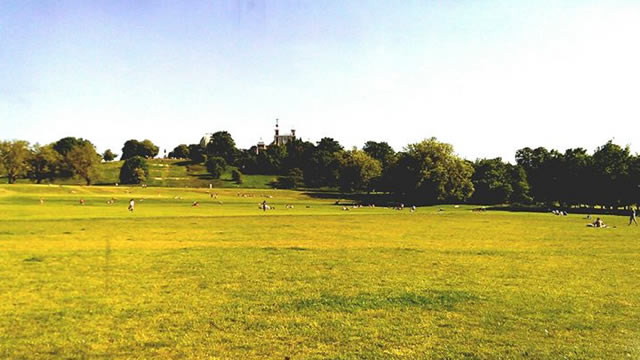If you are planning to visit London, then you just wouldn’t want to miss spending a day at Greenwich park. It is one of the main tourist destinations in London. This park is located in Greenwich, South East London. The park is surrounded by famous and major tourist attractions in London such as the National Maritime Museum, Queen’s house, the Royal Naval College and the world famous River Thames.
Covering 180 acres, the park itself is split on different levels of the hill that slopes down in the direction of the Thames. There are a lot of small, but beautiful attractions within the park’s grounds, such as the herb and rose garden, orchards, deer park and lakes. At the centre of Greenwich Park is the historical landmark and scientific hub of the Royal Observatory which is best known as the origin of the prime meridian (the GMT time zone). Below are some great reasons to spend the day in Greenwich and the Royal Park.
Roman Remains
The remains found at this Park are believed to be from a Roman-Celtic temple. These remains were discovered by the Park Superintendent in the year 1902. The things that were founded during excavations include painted wall plaster, a near life-size statue, large quantities of pottery, more than 300 coins (dated 1st to 5th centuries) and a lot more. The other artefacts that were discovered during the excavations were sent to Borough Museum.
The Queen’s Orchard
The Queen’s orchard is open to the public on Sundays from 1:00pm – 3:00pm. You will find a variety of heritage fruit trees, growing apples, cherries, plums, nectarines, medlar, etc… dating back to the 17th century. There are two historical ponds in the orchard. One is located at the centre of the vegetable region and the other one can be seen by the fruit tree area. Also, there have been many new additions in the Orchard such as new gates and pathways to enhance the beauty of this historical site.
Flora and Fauna
Apart from having historical and cultural significance, Greenwich Park is an outstanding place to explore the fauna and flora of the country. You will find some of the most interesting and beautiful landscapes with a huge variety of flora and fauna. The site has been declared a World Heritage Site for the variety of flora and fauna it has to offer. In simple words, this park is considered to be a real haven for wildlife.
Deer Park
The Wilderness Deer Park is one of the main highlights of this park. Many herds of fallow and red deer can be seen alongside foxes, bars and ancient trees. This place is the best place to be for any nature lover.
The Pavilion Tea House
The Pavilion Tea House is situated quite close to the Royal Observatory. It becomes a prime spot for those who want to relax and have a quiet time. The front and rear of the Pavilion Tea House has large gardens. It serves a range of food and beverages. The Pavilion Tea House can be hired for kids parties and other facilities include , high chairs, payphone, baby change and car park.
Sports
The park is great if you are interested in sports and recreational activities, particularly during the summer months. It offers a wide range of sports including rugby and cricket. It’s also open to all so you can bring along a football or frisbee to have some fun with your friends and family members. This park also includes a cycle path, where you can spend your time cycling. Grass areas are used for jogging, walking and running. If you are a fitness freak, this will be the place for you while you spend your time in Greenwich.
Tennis Centre
This is one of the best places to play tennis in Greenwich. The Tennis Centre offers 6 hard courts, which are available for hire by adults and children. They are also used for coaching and local tennis tournaments.
There are many other areas of interests in and around Greenwich Park. Some of these include the herb garden, rose garden, Flower Garden lake and a 19th century pagoda designed bandstand. Greenwich Park is also quite popular for the location of Meridian line and the GMT time zone. The park was also a major venue for the 2012 London Olympics. Many equestrian events and pentathlon events were held in Greenwich. Whether you are visiting or looking to live in a great part of London the area in and around Greenwich is a fantastic location.




